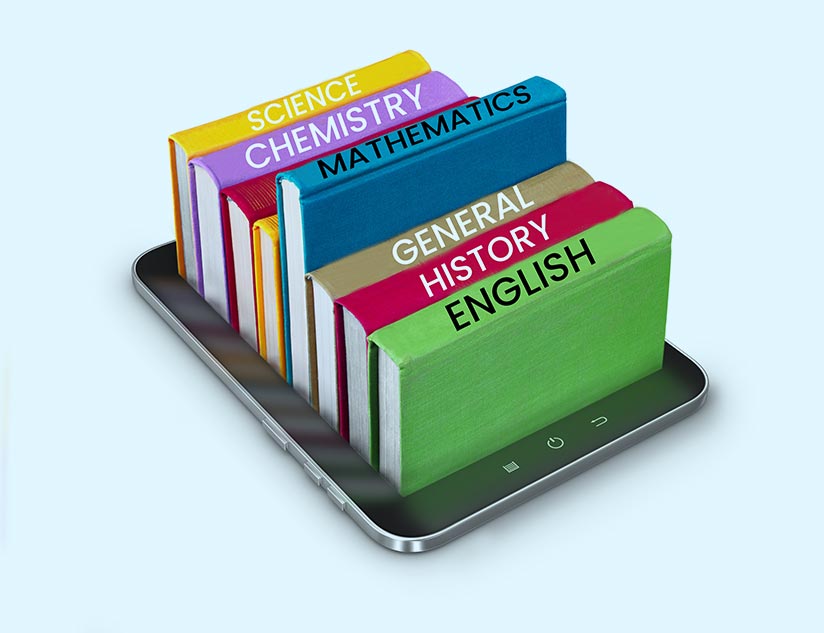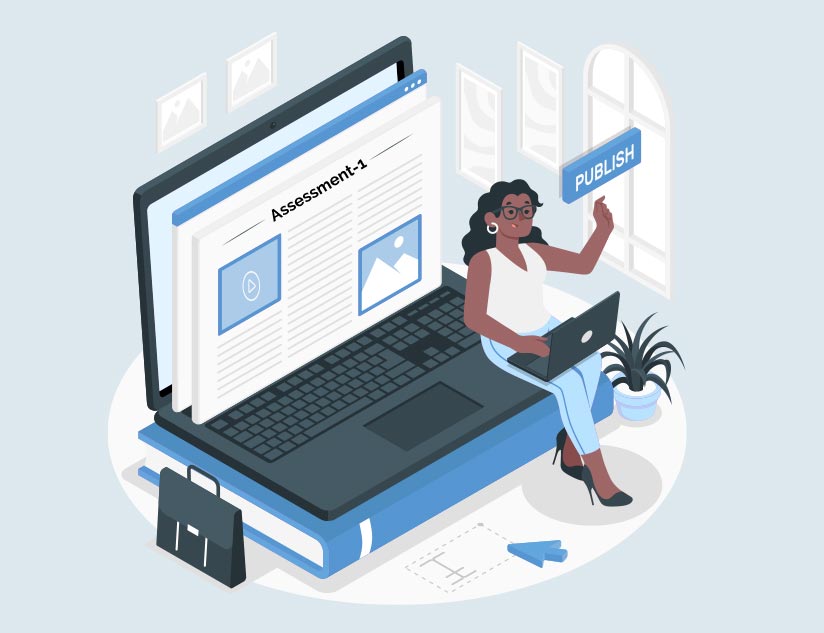How To Make Online Learning Transformative
September 20th, 2022
The education industry is relying on digital tools to boost student learning now more than ever before. Online learning and its multiple benefits, such as ease of access, minimal need for physical infrastructure, reduced costs, greater flexibility, and more, have become much more evident since the COVID-19 pandemic. It allowed continued learning during the crisis and helped close learning gaps afterward.
However, it won’t be fair to say that the transformation from traditional classrooms to virtual ones has been smooth. The increasing use of digital tools did present some tough challenges and shortcomings in most parts of the world.
Challenges to the Online Learning Model
One of the more apparent challenges faced in online classrooms is to keep students engaged. A recent survey revealed that 64% of students were concerned about maintaining focus and discipline in the remote learning environment. They found it difficult to motivate themselves in the remote environment. Although there’s no shortage of learning tools that can make online classes engaging, not every school or publisher knows about them. The lack of utilization of such resources, combined with an obsolete curriculum and design, has led to a loss of interest from both students and teachers.
Digital literacy is another concern since students with internet access may not necessarily understand how to use digital resources. There is a large segment of students from low-income households that do not have reliable access to the internet. Additionally, most digital learning resources are unsuitable for special needs students. Their learning is still heavily dependent on the need for an expert to help them through the tasks.
So, it is crucial to upgrade the current standards of online learning to ensure transformative learning experiences for students. Digital learning needs to go beyond reading an eBook or watching informational videos.
How Publishers Can Transform Online Learning Experiences
1. Partner with a Digital Learning Platform
Student needs and expectations are constantly changing, and the education industry will have to stay ahead of this curve. This is where a robust digital learning platform comes in. It can be crucial in ensuring effective education delivery and learning in the rapidly evolving blended learning model.
With an end-to-end digital publishing and next-generation content distribution platform, publishers can meet the various requirements of school districts. The platform can help:
- Create more personalized learning experiences for students by curating learning paths that better align with their learning habits, interests, strengths, and other cultural factors.
- Simplify the modification and updating of learning materials to achieve curriculum alignment while reducing costs and saving time.
- Ensure easy integration with third-party apps so schools can conveniently integrate new features with their existing SIS.
- Offer peer-to-peer learning and collaborative assignments to minimize social isolation.
- Ease administrative tasks and teaching while offering educators more time to create engaging learning materials for students.
2. Focus on Accessible Content
In the traditional learning model, students often have to wait until they are in class or when teachers are available to clear doubts. The benefit of online learning is that it is available 24/7. Additionally, with offline access, students can download and access content offline at their convenience.
It is also important to address the educational needs of children with special needs. The learning materials can be made more accessible with features such as captioning, read-aloud, multiple content formats, multiple language options, etc. The global EdTech investments market (including eBooks and other digital resources) is expected to grow at a CAGR of 19.9% during 2021-2028. Those that offer more accessible resources to their users can gain an edge over the competition and make the most of these opportunities.
3. Define Clear Goals and Objectives
eLearning solutions have the potential to reach students from different corners of the world. Publishers should take advantage of the latest software tools and production processes to eliminate old time-consuming activities and streamline the production process.
They also need to understand what students require to achieve better academic outcomes. It will help them see a clear path to success with well-defined expectations.
4. Make Learning Structure Highly Flexible
A big advantage of creating online learning structures, especially with the help of digital learning platforms, is that they can offer more engaging learning experiences for students. Publishers can embed multimedia elements, such as audio, video, images, read-aloud, captioning, widgets, and other interactive functionalities, to improve the reading experience. Additionally, they can integrate third-party apps in their content offerings to add more features and make learning for students and educators more flexible.
5. Create a Digital Library of Different Learning Assets
Publishers can create digital libraries comprising various content formats (including eBooks, audio, video, etc.) to enhance learning experiences. They can develop customized K-12 libraries with topics that cover the syllabus for every grade from K to 12. These learning repositories can significantly add to the value of a publisher’s offerings.
6. Enable a Wide Variety of Communication Tools
Communication is one of the most crucial aspects of learning, and digital tools can help students to work collaboratively both inside and outside the classroom. Such collaborative learning can positively impact student achievement while offering opportunities for students to improve their social and interpersonal skills. Thus, it helps develop higher-level thinking skills, while boosting confidence and self-esteem.
7. Regular Assessments to Ensure Continuous Learning
Immediate feedback has proven to drive learning progress, compared to delayed feedback or the results of summative assessments. When students know exactly where they are lagging, it allows them to focus their efforts in the right direction.
That is why formative and adaptive assessments should be included in the content to provide students opportunities to receive ongoing and timely feedback. These assessments also help in improving student motivation and achievement.
8. Providing Regular Targeted, Constructive Feedback
Apart from being timely, it is crucial that the feedback is targeted and constructive. This is where analytics plays an important role. They provide insights on metrics such as content consumption, most viewed content, learning patterns, etc. With access to these insights, content quality can be enhanced, and personalized learning paths can be created for students so that they can work on specific areas.
9. Ensure High-Quality Instructional Design
Instructional design should be seen as a guiding, systematic, and iterative process that can increase the likelihood of efficient and effective use of an educator’s knowledge. Publishers must develop and align the instructional design methodology according to the educator’s capability to deliver the desired learning outcomes.
When publishers and educational institutions collaboratively adopt these measures, it will lead to better facilitation of online learning. Students will derive the benefits of digital learning resources, engage in critical thinking, collaborate with educators and fellow students, and learn at their own pace. They will ultimately think freely and outside the confines of traditional classrooms, which will create better learning experiences.
MagicBox™ is an award-winning digital education platform that can help publishers transform the online learning environment. Contact us to know how we can assist you.














